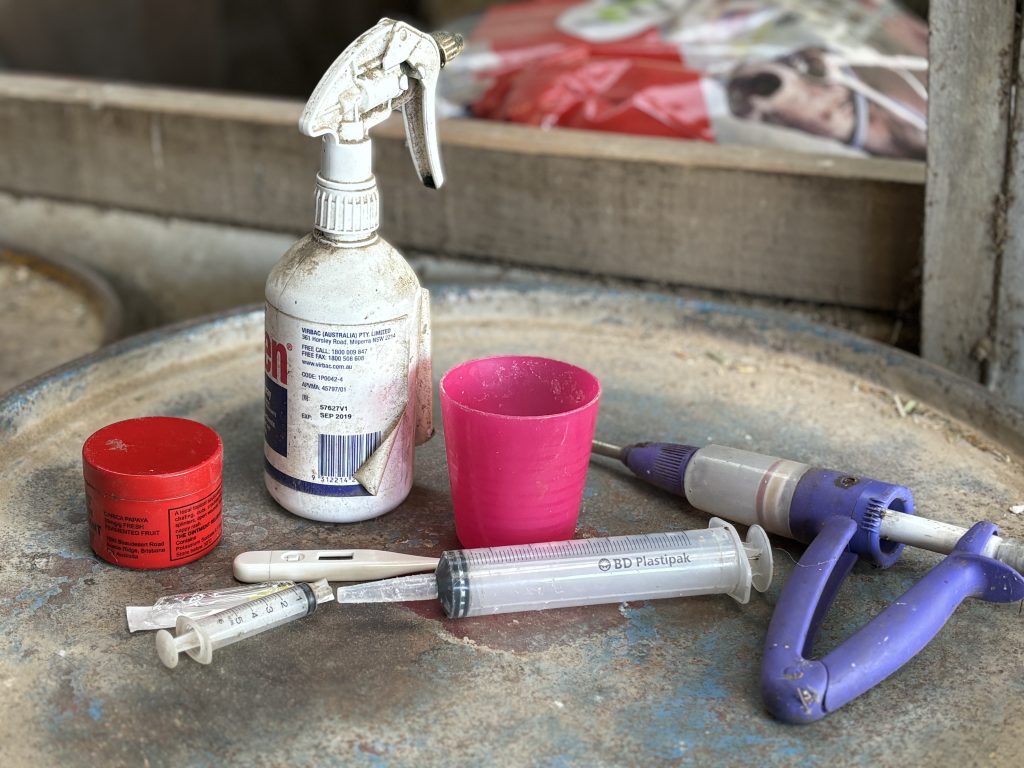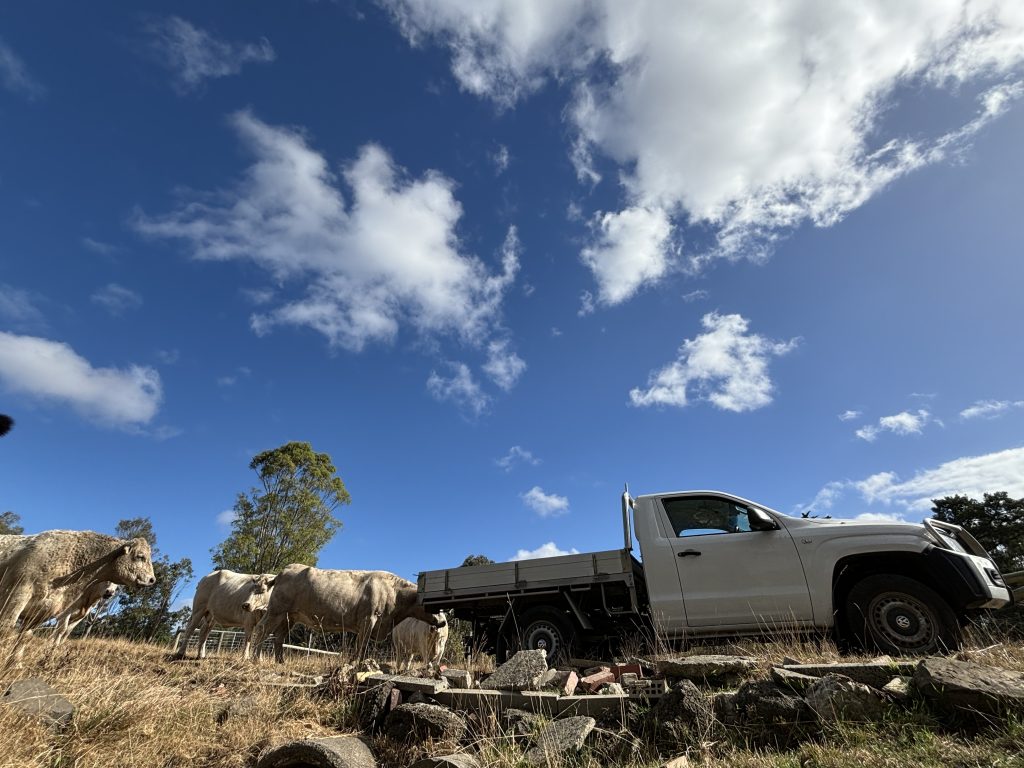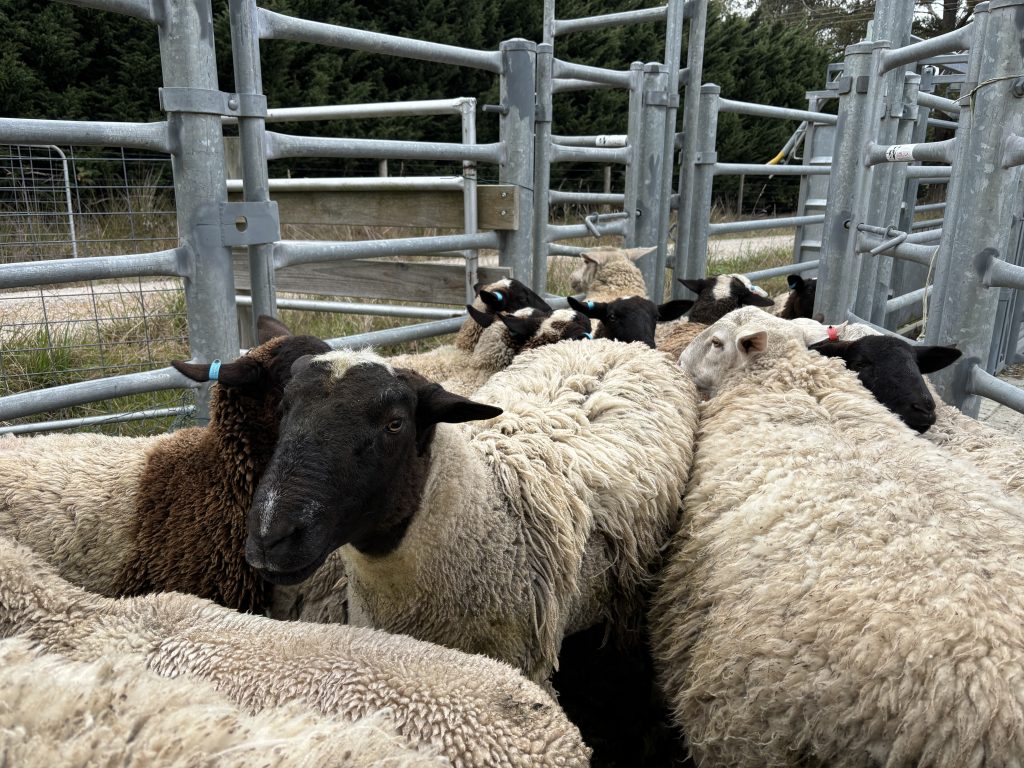So you’ve bought that perfect slice of farming heaven and are planning to fill it with all the animals you’ve always wanted. But how to know you have everything ready and in place? Below are some tips to think about BEFORE your livestock arrive.
Property Identification Code
First off, ensure you have a Property Identification Code – also known as a PIC. Every Australian property with livestock should have one of these, with any animals you own registered to that PIC. Provided your animals have appropriate tags, this will ensure if they do escape somehow, then they should be returned to you.

Fencing

Build fencing that is appropriate for the animals you want to have. Different species have different fencing requirements. Fences that can keep cattle enclosed won’t necessarily keep sheep in. And what works for adult sheep won’t necessarily keep newborn lambs safe. Have a really clear understanding of exactly what livestock you want, then research the best fencing for them. Try speaking with breeders, produce merchants, fencers or farm consultants like Calmer Farmer to find our what would suit your animals best.
Infrastructure
Think about the infrastructure you may need to support your livestock. If they become ill where will you treat them? Is it somewhere easily accessible to vets? These yards are excellent for sorting our cattle into separate groups, but also for tagging and drenching purposes. The small man gates allow us to easily move around the yards, whilst the crush means we can treat our cattle whilst still remaining safe. Other aspects like water availability, shedding and shelter, and even roadways should be considered before your animals arrive. If you have a nursery or area for invalids, it is often worth having power, water and lighting in case of nighttime emergencies.

Smaller supplies

Consider also what smaller supplies you may need. This could include basic first aid kits with simple inclusions like those shown here. Feed supplies and somewhere dry and rodent-proof to keep them is also important. Equipment for dispensing feed such as hay rings or feeders is also useful.
Getting around
Think also about how you might move things for your animals around. Depending on what we are doing and the condition of the paddocks, we use either the ute or one of the tractors. The smaller the property, the less need for larger machinery, but even moving hay 50 meters each day can get tiring if you are doing it all by your own locomotion!

Quarantining

It might be that your property already has some animals. If you are bringing new livestock onto the farm, ensure they have been quarantined for a month before introducing them to your existing animals. This gives you the opportunity to ensure they are parasite and disease free, and also to initiate any immunisation programs they may require. This will keep all animals as healthy as possible. Be aware that livestock have delicate tummies – an abrupt change in diet can lead to stomach upsets so if possible, try to wean them over to their new food source to prevent this. Learn how to recognise signs of illness, how to treat it, and when to call for help.
Owning and caring for livestock is often a large part of hobby farming, but so is making sure you have everything ready before they arrive. If you are unsure about what you might need, always ask for help. Remember, you don’t know what you don’t know and whilst owning livestock for the first time has its challenges, you don’t have to go into it blind.
Cheers and happy farming!
Chris



